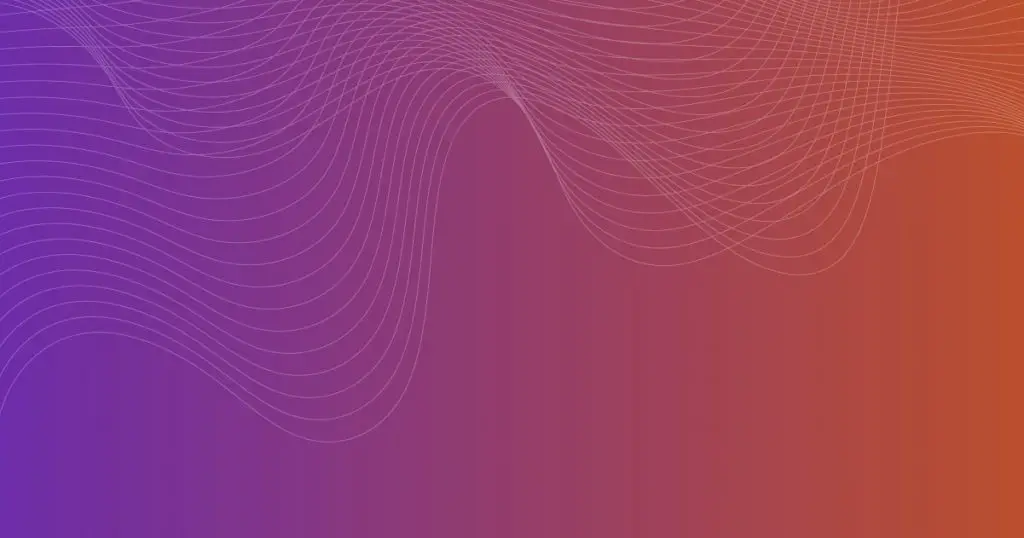In the realm of artificial intelligence and AI, one name has been making waves – Chat GPT. Developed by OpenAI, this AI language model, one of the most sophisticated AI writing tools, has been turning heads with its ability to generate human-like responses. From customer service to content creation and academic writing, Chat GPT has found applications in various fields. But as its popularity grows, so does a pertinent question – can Chat GPT be detected, especially when it comes to plagiarism? Let’s dive into this intriguing topic.
Understanding Chat GPT
Chat GPT, or Generative Pre-trained Transformer, is a state-of-the-art AI language model. It’s like a digital wordsmith, capable of crafting text that mirrors human writing. With over 175 billion parameters, Chat GPT can generate text for a wide range of applications. It’s like having a personal assistant who can write anything from a simple email to an academic paper. These AI writing capabilities are truly remarkable.
The sophistication of Chat GPT is truly remarkable. It learns from vast amounts of data, producing text that is contextually relevant and grammatically correct. It’s like having a conversation with a well-read human, except it’s a machine. This level of sophistication, while impressive, also raises questions about its detectability.
Chat GPT and Plagiarism
Plagiarism is a serious offense in academia. Universities employ plagiarism detection software to identify instances of copied content. These tools scan the text and compare it to other sources to spot any similarities. But can these tools detect content generated by an AI language model like Chat GPT?
The short answer is yes. AI detection software can identify similarities in language and context, even if the content is generated by an AI language model like Chat GPT. However, detecting plagiarism in Chat GPT-generated content is not a walk in the park. It comes with several challenges.
The sophistication of Chat GPT makes it difficult for plagiarism detection tools to distinguish between text generated by Chat GPT and text written by a human. It’s like trying to find a needle in a haystack. Additionally, the lack of training data for plagiarism detection tools to learn from makes it even more challenging. Students are also finding new ways to defeat plagiarism detection tools, such as paraphrasing and replacing words with synonyms. Chat GPT-generated content can be modified in the same way, making it difficult for plagiarism checker software to identify instances of plagiarism.
Detection Tools for Chat GPT
Several tools can detect Chat GPT-generated text. One such tool is the OpenAI API Key. This tool, developed by the same company that made Chat GPT, can sniff out AI-generated content. However, it’s not perfect. It needs at least 1,000 words before it can detect AI-generated content, and even then, it’s not always 100% accurate.
Other tools in the Chat GPT text detection world include offerings from Princeton and Stanford. If it’s critical to know if text was written by a bot or a human, testing it on multiple AI detection tools might help. However, it’s important to remember that Chat GPT is evolving rapidly, so the effectiveness of these tools may vary.
The Future of Plagiarism Detection for Chat GPT
As AI technology continues to advance, it’s likely that plagiarism detection software will also become more sophisticated in detecting Chat GPT-generated content. Turnitin, a widely used plagiarism detector, is currently working with universities to develop an anti-cheating software for AI-generated content, including ChatGPT-generated content. This software will use advanced algorithms to identify similarities in language and context, even in cases where the content has been modified or paraphrased. This is a significant step in ensuring academic integrity.
In addition to developing new software, universities can also take other steps to prevent students from using ChatGPT-generated content to cheat. For example, instructors can assign topics that require critical thinking and original research, rather than regurgitating existing content from AI tools. They can also use alternative assessment methods such as oral exams, presentations, and group projects, which are less conducive to cheating.
The Ethical Implications of Using Chat GPT
The use of artificial intelligence in academic writing raises important ethical questions. While Chat GPT can be a helpful tool for students struggling to express their ideas, it’s crucial to remember that these are not fully original thoughts. Using Chat GPT to write an entire paper would be considered plagiarism. Students need to understand that using artificial intelligence in this way is not a replacement for their academic work and critical thinking skills. It’s a tool, not a shortcut. It’s important to use one’s own words.
Conclusion
In conclusion, yes, Chat GPT-generated content can be detected. However, the process is not straightforward and comes with several challenges. As AI technology continues to advance, it’s likely that plagiarism detection software will become more sophisticated in detecting Chat GPT-generated content. Until then, it’s crucial for students to understand the ethical implications of using Chat GPT and to use it responsibly.
In the future, we may see a world where AI-generated content is the norm, and our ability to detect ChatGPT will be a crucial skill. But for now, the onus is on us, the users, to use these powerful tools responsibly and ethically. After all, with great power comes great responsibility.
So, the next time you come across a well-written piece of text, take a moment to appreciate it. It could be the work of a talented human writer, or it could be the product of a sophisticated AI like Chat GPT. Either way, it’s a testament to the incredible advancements in technology and the endless possibilities they bring.




